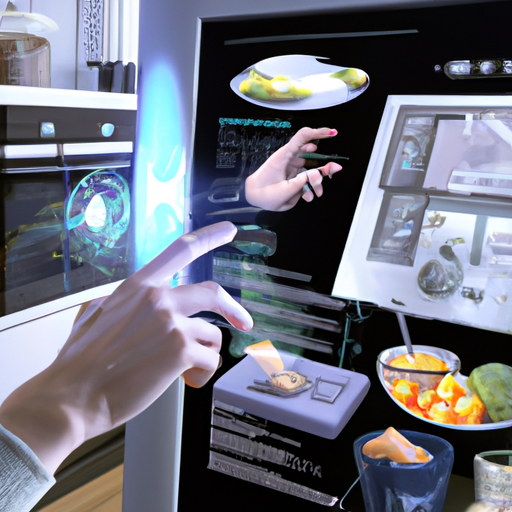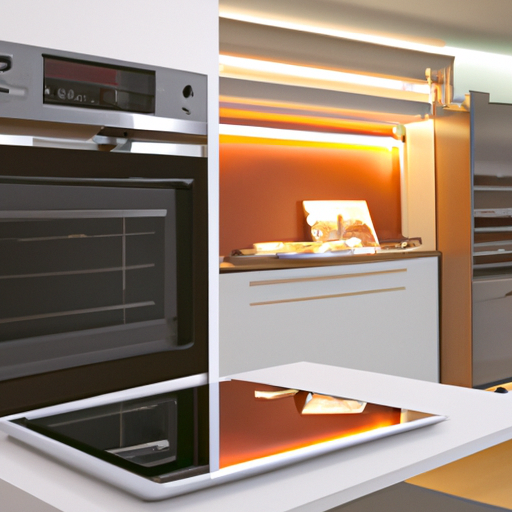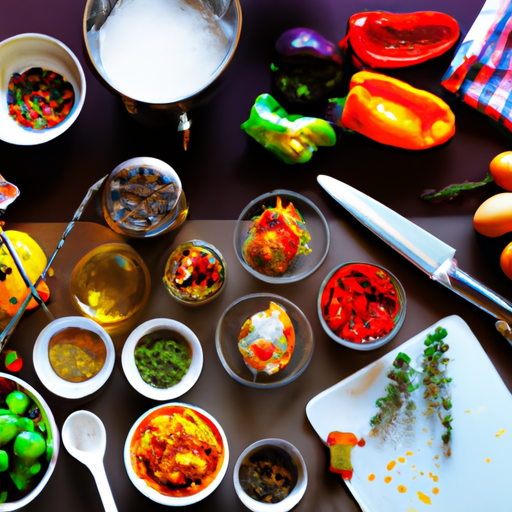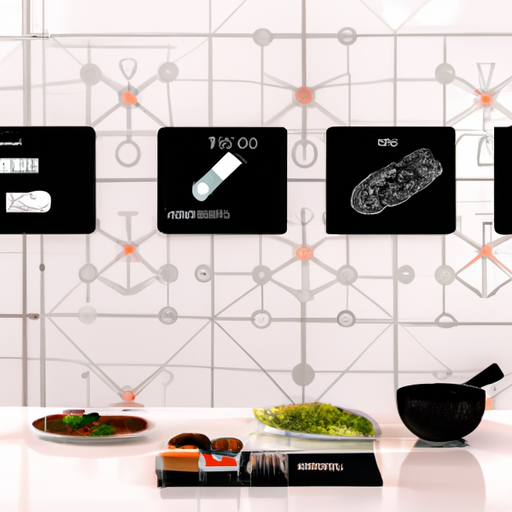Artificial intelligence and Internet of Things devices are revolutionizing how we approach cooking at home. Smart kitchen technology is making cooking more precise, efficient, and accessible than ever before. This comprehensive guide explores the latest innovations reshaping our culinary experiences.

The kitchen, long considered the heart of the home, is undergoing a dramatic transformation as artificial intelligence and Internet of Things (IoT) technologies revolutionize how we prepare and cook food. This technological evolution is creating smarter, more efficient cooking spaces that are changing the way we approach meal preparation, recipe development, and kitchen management.
The Foundation of Smart Kitchen Technology
Smart kitchen technology integrates several key components:
Connectivity: - WiFi-enabled appliances - Bluetooth sensors - Cloud-based systems - Mobile device integration
Artificial Intelligence: - Machine learning algorithms - Pattern recognition - Predictive analytics - Voice recognition systems
Sensor Technology: - Temperature monitoring - Weight measurement - Moisture detection - Motion sensing
Revolutionary Smart Appliances
Smart Ovens: - Camera systems for food recognition - Automatic temperature adjustment - Remote monitoring and control - Multi-zone cooking capability
Intelligent Refrigerators: - Inventory tracking - Expiration date monitoring - Recipe suggestions based on contents - Automated shopping list generation
Smart Cooktops: - Precision temperature control - Wireless probe integration - Recipe-guided cooking - Safety monitoring systems
Transforming Cooking Processes
Precision Cooking:
Smart technology enables unprecedented accuracy in: - Temperature control - Cooking times - Ingredient measurements - Recipe execution
Automated Assistance:
- Step-by-step guidance - Real-time adjustments - Cooking progress monitoring - Error prevention
Recipe Integration:
- Digital recipe libraries - Personalized recommendations - Automatic scaling - Nutritional tracking
Practical Applications
Meal Planning and Preparation:
- AI-generated meal plans based on preferences and dietary restrictions - Automated shopping lists synchronized with local stores - Ingredient substitution suggestions - Prep time optimization
Cooking Execution:
- Guided cooking processes - Multi-appliance coordination - Temperature and timing automation - Quality control monitoring
Kitchen Management:
- Inventory tracking - Energy usage optimization - Maintenance scheduling - Waste reduction
Benefits for Home Cooks
Improved Efficiency:
- Reduced cooking times - Minimized food waste - Streamlined meal planning - Simplified shopping
Enhanced Results:
- More consistent outcomes - Better temperature control - Optimal ingredient usage - Professional-level techniques
Learning and Development:
- Skill improvement - Technique mastery - Recipe experimentation - Culinary education
Challenges and Solutions
Initial Investment:
- Start with basic smart devices - Prioritize most-used appliances - Look for multi-function capabilities - Consider long-term cost savings
Technology Integration:
- Choose compatible systems - Ensure proper network setup - Regular software updates - Backup systems for critical functions
Privacy and Security:
- Strong password protection - Regular security updates - Data encryption - Network segmentation
Future Trends and Developments
Emerging Technologies:
- Advanced AI integration - Augmented reality cooking guides - 3D food printing - Sustainable energy systems
Personalization:
- Individual preference learning - Health monitoring integration - Dietary tracking - Taste profile development
Sustainability Features:
- Energy optimization - Water usage monitoring - Waste reduction systems - Sustainable sourcing guidance
Maximizing Smart Kitchen Investment
Planning and Implementation:
- Assess current kitchen setup - Identify priority improvements - Research compatible systems - Create implementation timeline
Maintenance and Updates:
- Regular system checks - Software updates - Sensor calibration - Network maintenance
User Training:
- Family member orientation - Feature utilization - Troubleshooting basics - Safety protocols
The Integration of Traditional and Smart Cooking
Balancing Technology and Tradition:
- Preserve traditional techniques - Enhance with technology - Maintain hands-on skills - Combine best practices
The smart kitchen revolution represents a significant leap forward in home cooking technology. While maintaining the fundamental joy and creativity of cooking, these innovations provide tools and capabilities that make cooking more accessible, efficient, and consistent. As technology continues to evolve, we can expect even more exciting developments that will further transform our culinary experiences.
Whether you're a seasoned chef or a cooking novice, smart kitchen technology offers opportunities to enhance your cooking journey. The key is to thoughtfully integrate these tools while maintaining the personal connection and creativity that makes cooking such a rewarding experience.



